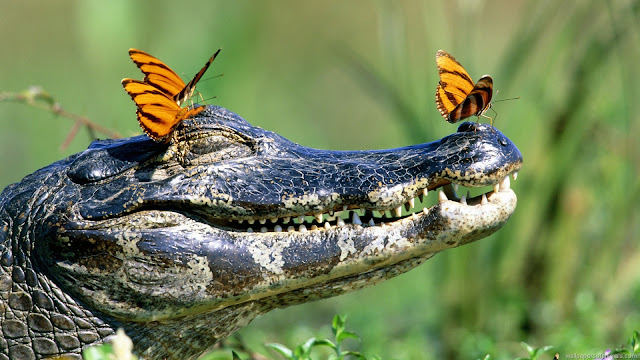By Yvonne Adcox
My husband and I are kayaking on the Santa Fe River in North Florida. It is a black river that rises and sinks above and below the ground for about 3 miles of its 75 mile length. It is a tributary of the Suwannee River.
The only danger that we encountered was a large wasp nest that (thankfully) didn't respond when I backed my kayak into the partially sunken branch upon which it was nested. We were in a part of the river called Big Awesome Suck which was scary enough as it pulled us with its strong current toward the hole where millions of gallons of water per day is "sucked" intro Florida's aquifers. Not that we would have been "sucked" downward into the hole had we continued down with the current, but I didn't know that. I just thought my good fortune in not being attacked by wasps was enough for one day, so after the wasp encounter, we turned back and paddled against the current back toward the river.
The third photo below is of myself in front of a large wetland tree called a bald cypress tree. These trees keep the water clean by removing excess nitrogen and phosphorus from secondarily treated waste water.They also provide habitat for the abundant aquatic wildlife in these water habitats. What is amazing about these trees is that they resist insects and decay even when cut down and used for building products and mulch. For 6,500 years, these trees have lived in Florida wetlands. In fact, this particular tree could be as old as 500 years.




















